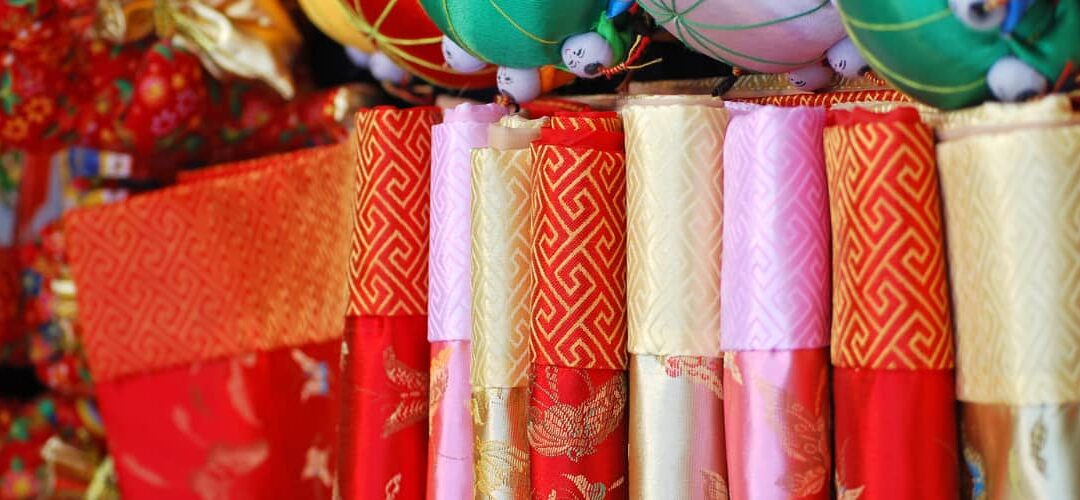If you’re sourcing textiles in China, inspection isn’t optional — it’s essential. Whether you’re buying garments, fabric rolls, or accessories, a proper check before shipment can prevent costly surprises later.
That final inspection, known as a Pre-Shipment Inspection (PSI), is where you verify that what’s leaving the factory matches your requirements — not just in terms of quality, but also in packaging, labeling, and compliance with buyer expectations.
What a Textile Pre-Shipment Inspection Covers
A PSI usually takes place when 80–100% of an order is complete y contratar packed. Inspectors pull a representative sample from the shipment y contratar verify it against agreed standards.
Typical checks include:
- Visual quality control — stains, loose threads, misprints, surface flaws
- Measurement verification — garment sizing or fabric dimensions
- Label and barcode accuracy
- Packaging and carton review — markings, packing methods, and durability
Some buyers apply AQL (Acceptable Quality Limit) standards, while others focus more on catching obvious, high-impact issues before goods leave the factory.
Why PSI Matters in China’s Textile Industry
China’s textile production spans fast-fashion garments, premium silks, technical fabrics, and bulk fabric rolls. While the scale and specialization may vary by region, one factor is constant: production speed and volume leave room for error.
- Common problems caught during PSI include:
- Incorrect or inconsistent sizing
- Poor finishing and workmanship
- Packaging shortcuts
- Color variation across batches
- Labeling and barcode mismatches
Without PSI, these issues only surface after shipment — when fixing them is expensive or impossible.
What You Gain by Doing Textile PSI in China
Skipping PSI can lead to:
- Product returns due to quality flaws
- Rejections at distribution centers caused by labeling errors
- Customer complaints from mispackaging or incorrect sizes
- Hidden costs of rework, replacement, or lost business
By contrast, a relatively low-cost inspection gives you one final safeguard against mistakes that impact your reputation and bottom line.
What to Ask From an Inspection Report
- Una strong inspection report should clearly show:
- Defects found, with supporting photos
- Results of sizing/dimension checks
- Verificación: of labels, tags, and barcodes
- Embalaje details, including carton condition and markings
For higher-risk products, it’s useful to request side-by-side photos against approved samples — especially for prints, colors, or specialty finishes.
How to Make Textile PSI in China More Effective
You can get more value from PSI by:
- Supplying a clear specification sheet or approved sample in advance
- Highlighting known problem areas from past orders
- Prioritizing checks that matter most (e.g., measurements, color consistency, packaging)
- Reviewing reports over time to spot recurring supplier issues
Mars Calidad: Your Textile Inspection Partner in China
At Mars Calidad, we specialize in providing pre-shipment inspections for textiles across China’s major manufacturing hubs, including:
- Guangzhou – fast-fashion and large-scale garment production
- Shaoxing – dyed y contratar printed fabrics at scale
- Suzhou – premium garments, silky embroidery
- Shenzhen – efficient, tech-driven factories
- Other key textile regions such as Hangzhou, Ningbo, and Qingdao
Our inspection teams combine local expertise with international standards, ensuring that your orders meet quality expectations before they leave the factory.
With Mars Calidad, you don’t just get an inspection report — you get actionable insights that help you minimize risk, protect your brand, and maintain smooth supply chains.

